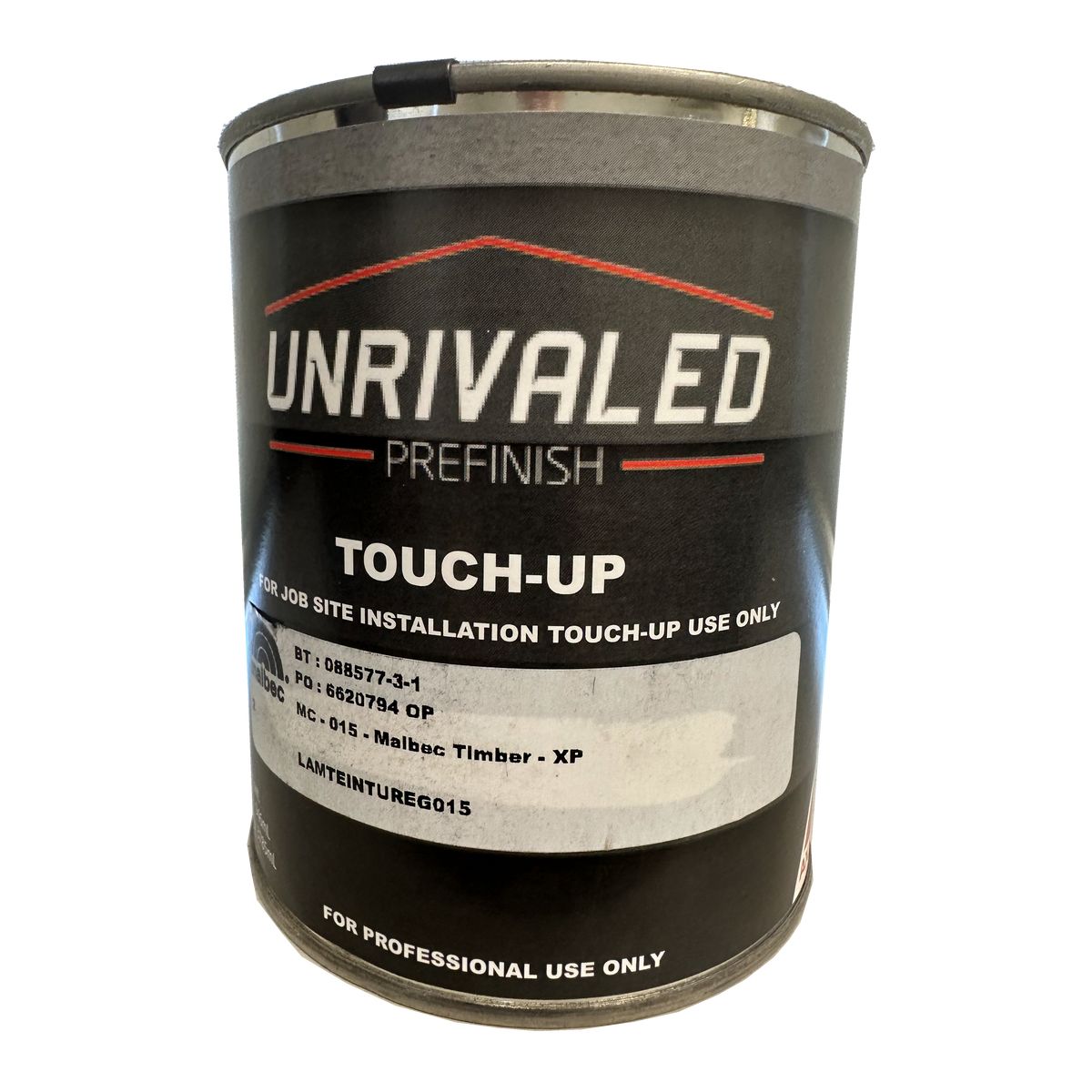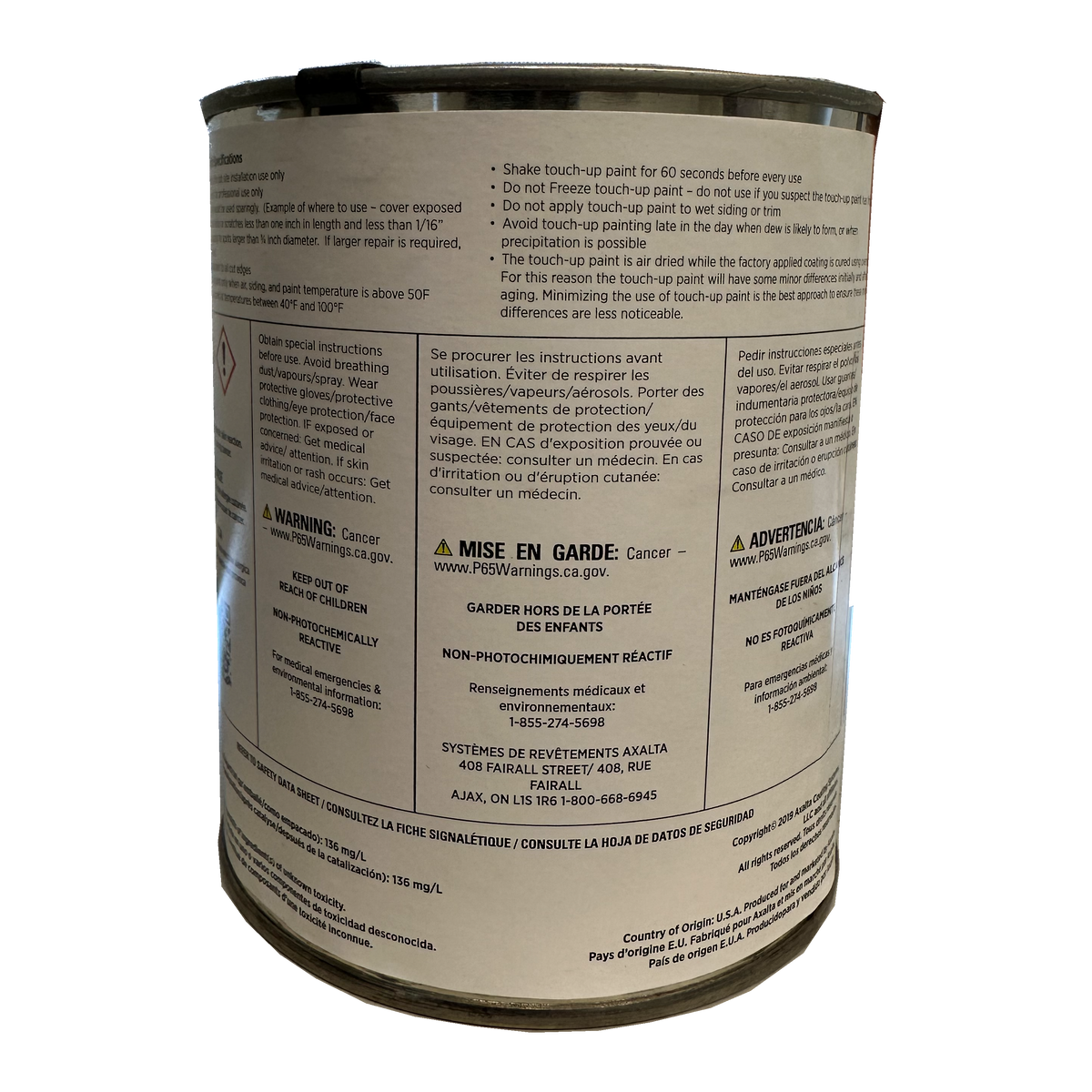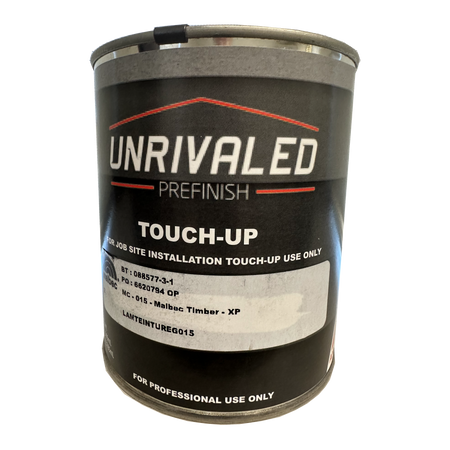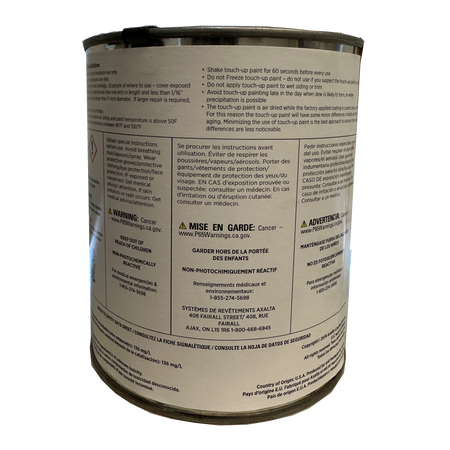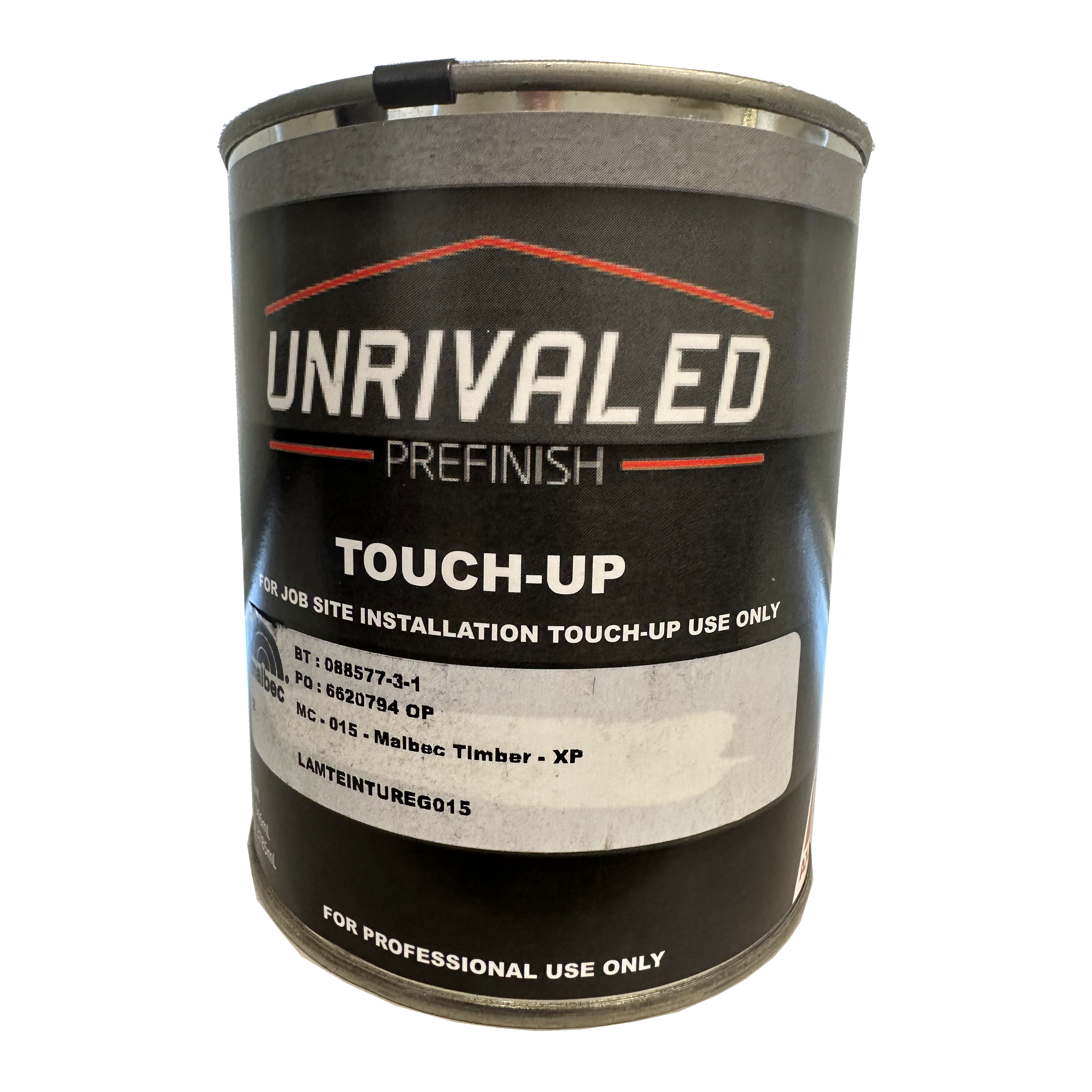Maibec Shingles Acrylic Stain
Share your thoughts and inspire others! Connect with us on social media or start a conversation today.
Maibec Shingles Acrylic Stain is a premium 100% acrylic, water-based stain specifically formulated for refinishing Maibec genuine wood shingles.
This high-quality stain enhances the natural beauty of the wood grain while providing superior protection against the elements. Available in a virtually infinite range of colors, including solid colors and exclusive semi-transparent stains, it allows homeowners to achieve their desired aesthetic.
For optimal results, Maibec recommends using their factory-applied stains, which are applied on all six sides of the shingles to ensure uniform coverage and durability. To obtain the refinishing solution, visit your local Maibec retailer, who can order the stain directly from Maibec for you.
Touch-Up Paint Specification
DO NOT APPLY this solid touch-up stain on pre-finished wood. Please read the Touch-Up Guide carefully.
Touch-Up Paint Specifications
- Touch-up paint is for job site installation use only
- Touch-up paint is for professional use only
- Touch-up paint should be used sparingly. (Example of where to use - cover exposed nail heads, small nicks or scratches less than one inch in length and less than 1/16" wide). Do not apply to spots larger than ¾ inch in diameter. If a larger repair is required, replace the board.
- Apply touch-up paint to all cut edges
- Apply touch-up paint only when air, siding, and paint temperature is above 50F
- Store touch-up paint at temperatures between 40°F and 100°F
- Shake touch-up paint for 60 seconds before every use
- Do not Freeze touch-up paint - do not use it if you suspect the touch-up paint has frozen
- Do not apply touch-up paint to wet siding or trim
- Avoid touch-up painting late in the day when dew is likely to form, or when precipitation is possible
- The touch-up paint is air dried while the factory applied coating is cured using ovens. For this reason the touch-up paint will have some minor differences initially and after aging. Minimizing the use of touch-up paint is the best approach to ensure these minor differences are less noticeable.

